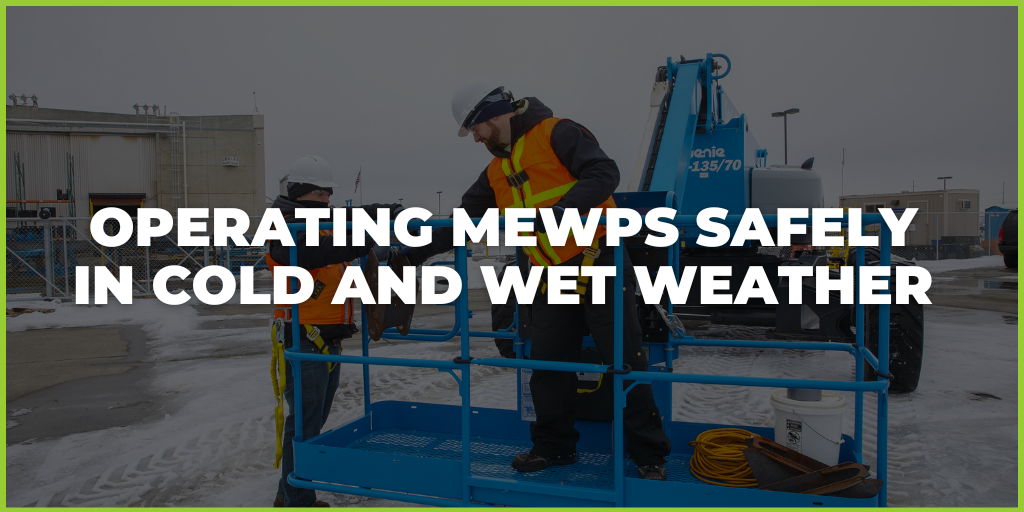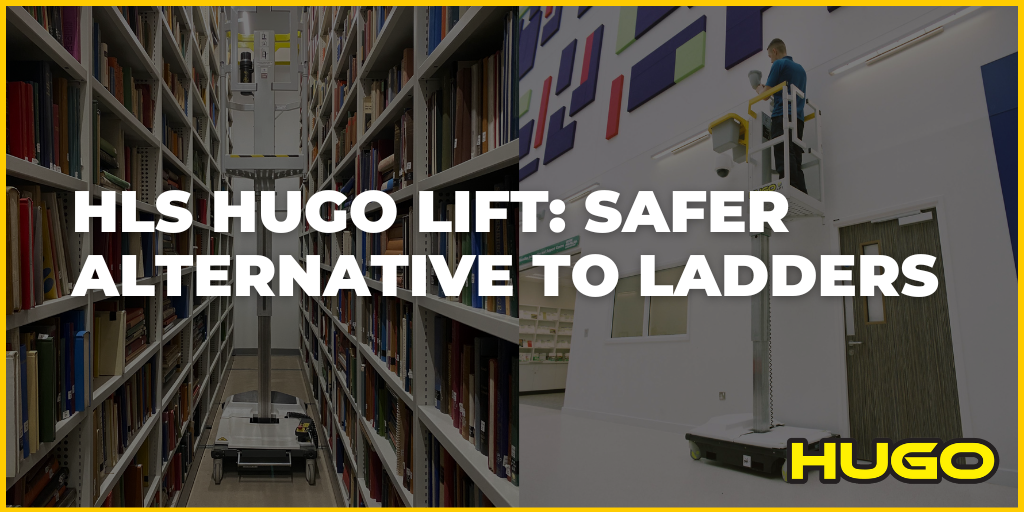Do you know how much money your company is losing due to safety failures? How much could be lost if controls fail? How much should you spend on measures to ensure compliance?
According to RoSPA the majority of the companies out there ‘do not have the faintest idea’. [1] With the new Health and Safety and Corporate Manslaughter guidelines now being enforced, the financial risk of having poor health and safety practice has grown exponentially.
Being a manager is not easy. You make tough decisions, work with tight budgets, make sure work deadlines and targets are met, and at any point what seems the best decision at the time could turn into a serious mistake.
So, where does health and safety come in your long and busy to do list? Often, somewhere right at the bottom.
There are a lot of reasons why health and safety gets pushed back. The general belief is that it is a burden on the business, it is often seen as a cost and as there hasn’t been a serious accident for a long time, the lack of urgency endures. You may not even know there is a need for a better health and safety policy due to poor monitoring and reporting of minor, including non-injury, incidents. Your management information might not be good enough to track all the below-the-water-line costs associated with accidents, such as data about staff attendance and absenteeism. Whatever the reason a poor health and safety policy can cost you much more than you expect.
In this article we will look at the hidden costs that accidents in the workplace bring your business. We will point out the main places to look for them and provide you with essential advice on how you can improve your health and safety practice and save your organisation money.
The Hidden Costs
The latest RIDDOR estimates for 2012/2013 – 2014/2015 show that over 600,000 workers get injured annually in workplace accidents. Slips, trips and falls could cost over £500m per year and in 2002/2003 they accounted for 698,336 bed days (Hospital Episode Statistics – England: financial year 2002-03).[2]
Not only do accidents happen daily, but an estimated of 17,000 workers withdraw permanently from the labour market, the three most affected industries being Manufacturing, Construction and Wholesale and retail. [3]

[2]
Poor health and safety at work can cost millions of working days lost, thousands of deaths, several hundred thousand workers injured and a head-spinning amount of both insured and uninsured costs.
The costs to a company can be divided into direct and indirect costs. The direct costs are quite easy to calculate and include medical costs incurred and the compensation payments made to the injured worker. Direct costs are usually insurable by business.
Indirect costs are the ones that you need to seriously take into consideration and be aware of. They are more difficult to calculate and prepare for and tend to be uninsured. They include:
- Lost time or time away from the job not covered by workers' compensation insurance
- Extra wages including overtime working, temporary labour and training, payment of other workers who are not injured, for example those who stopped work to look after or help the injured worker and those who require output from the injured in order to complete their tasks
- Sick pay
- Production delay and the cost of overtime imposed by the accident (lost production, additional supervision, and additional heat, light, etc.)
- Fines
- Loss of contracts or inability to fulfil contracts
- Legal costs
- Damage to products, plant, buildings, tools, equipment
- Clearing the site
- Management time spent caring for the injured, investigating the accident, and supervising the activities necessary to resume the operation of business: Subsequent drop in productivity of the management team
- Excess on any insurance claim/s
- Loss of business reputation
- Loss of expertise and experience
- Costs brought about from any enforcement action following the accident such as prosecution fines and costs of imposed remedial works [4]
There are a few other key points to consider, such as loosing key personnel, which can be critical to meeting contract deadlines. In smaller organisations with little reserve capacity a serious accident can mean the end of the business. What about reputation damage? This can cast a shadow over your name and can lead to loss of new or repeat business and loss of new investment. Accidents can also damage workforce morale and affect productivity. Serious accidents may not happen often, but minor ones occur far more frequently - and a lot of smaller costs still add up. Accident claims invariably mean higher insurance premiums or insurance cover actually being refused.[5] And the list goes on...
A substantial fine and possible prosecution costs will make a considerable financial impact in case of more serious accidents. Even where investigations do not lead to a prosecution it can still be a significant expense. Investigations take the time of employees at all levels; health and safety specialists, line managers, technical experts, human resources and senior managers. Regardless of the seriousness of the accident, legal advice is often required.[6]
Accident investigation is typically perceived as a stand-alone process, however, if used as a pro-active rather than a reactive measure, going through the process can help prevent accidents from happening in the first place. [9]
 [9]
[9]
Don't let the improvement of health and safety slip down your priority list lightly. Ask yourself:
What if a serious accident involving a key worker did happen?
- Would your business cope?
- What would the effects be?
- How would it make you feel?
Insurance policies don't cover everything and may only pay for serious injuries or damage. All other costs will have to be met by the business. Imagine the costs if your company was prosecuted.
- How would this affect your business reputation?
So, how can you reduce those costs and what can you do to protect yourself?
First and foremost, find what could cause harm and identify who might be harmed, including your employees, visitors or members of the public. Then, decide on the best approach to prevent anything from happening to them, take action in a planned way, while recording every step taken. Then keep checking the actions taken are still working. This method is also known as the Plan, Do, Check and Act method.
Plan: As a management team, sit down and agree an effective health and safety management policy. Produce a policy that is an integral part of your organisation’s culture. Communicate the policy to everyone within the organisation. Make sure Health and safety has a regular slot on your meeting agendas. Consider designating a health and safety sponsor to be the figurehead for an organisation-wide positive health and safety culture.
Do: You will need an effective management system in place in order to successfully implement the policy. Ensure health and safety arrangements are adequately resourced, obtain competent health and safety advice and make sure employees are involved in decisions that affect their health and safety.
Check: Monitoring and reporting is essential. Maintain audit records to demonstrate the effectiveness of management structures and risk controls for health and safety. Review the information held regularly and implement small cycles of change to continuously improve the policy and its implementation.
Act: A formal review of your health and safety performance is necessary. It allows you to establish the principles have been embedded in the organisation and it tells you if your system is effective in managing risk and protecting people.[7]
For a policy to have the desired impact the PDCA cycle should be continuous, with each cycle feeding into the next.
Knowing how much health and safety failures cost your company can be important for a number of reasons:
- To make the case to colleagues for investing in upgraded control measures, procedures, training or monitoring
- To understand the impact of specific events such as major accidents or incidents
- To identify performance trends within the organisation
- To benchmark within and between organisations
- To help prioritise preventive effort, for example, by identifying areas where additional investment in prevention is likely to be most cost effective
- To be able to measure the benefits of campaigns or specific interventions.[8]
How can you work out your own costs? As a rough guide, HSE found that, on average, the cost of uninsured losses is 10 times the cost of insurance premiums paid for the same period. The HSE also provides an excellent incident cost calculator form that can help you calculate your own costs and allow you to record many of the main costs relating to work accidents and ill health.
Why do you need to manage your health and safety properly and what are the benefits?
Addressing health and safety should not be seen as a regulatory burden; on the contrary, it offers significant opportunities. It can reduce risks, resulting in employee absence and turnover being lower, fewer accidents and the threat of legal action is lessened - your costs are reduced. You will gain improved standing among suppliers and partners, a better reputation for corporate responsibility among investors, customers and communities, as well as increased productivity. Your employees will be healthier, happier and better motivated. [10]
And last but not least, never forget the biggest cost of poor health and safety practice is that it could change someone’s life forever.
References:
[1] http://www.rospa.com/occupational-safety/advice/costing-accidents/business-case/
[2] http://www.hse.gov.uk/slips/costs.htm
[3] HSE, Costs to Britain of workplace fatalities and self-reported injuries and ill health, 2013/2014
[4] http://www.preston.gov.uk/businesses/health-and-safety/accidents/costs-accidents/
[5] http://www.rospa.com/occupational-safety/advice/costing-accidents/
[6] http://www.inhouselawyer.co.uk/index.php/insurance/5973-the-hidden-cost-of-health-and-safety-regulation
[7] HSE, Leading health and safety at work: Actions for directors, board members, business owners and organisations of all sizes
[8] http://www.rospa.com/occupational-safety/advice/costing-accidents/business-case/
[9] HSE, Managing health and safety: Five steps to success
[10] HSE, Leading health and safety at work: Actions for directors, board members, business owners and organisations of all sizes




